
Henrik Olesen, Museo Nacional Centro de Arte Reina Sofia, Madrid. Curated by Helena Tatay
I suppose this was what you’d call a mid-career exhibition, but can you really speak about getting an ‘overview’ of works that cannot even be seen from above? Works that you need to let yourself get embroiled in, as part of a deeply subjective andcommunal gesture about, in, and around power, sexuality, body, gender, family, politics, society, gaze, touch, sociality, brutality, arts, and communities. Written, erased and rewritten, a body that writes and is written, as Inger Christensen might have put it if she had seen the exhibition with me. Muddy and crystal clear, fragile, bone-hard and irresistible. Here we found room after room, many years of Henrik Olesen. Thank you.

Saxbo 90, Gammelgaard, Herlev. Curated by Anne Retz Wessberg
In 1929, Nathalie Krebs and Gunnar Nylund founded the Saxbo ceramic workshop. Shortly afterwards, Nylund went on to Rörstrand in Sweden, while Krebs kept running Saxbo right up until 1968. Saxbo is an icon in Danish design, known throughout the world, yet also strangely overlooked. Almost no texts or publications about the workshop exist, although this shortcoming is gradually being remedied as its unique story is now being told. In 2015, Vejen Kunstmuseum presented an exhibition about Saxbo, and this year another show was arranged on the occasion of Saxbo’s 90th anniversary, this time in Herlev – the Copenhagen suburb where the workshop was originally located. A chemist by training, Krebs developed the marvellous glazes that, together with the classic, simple, and modern design, became the hallmark of Saxbo pottery. The exhibition not only showcased Saxbo’s outstanding production, but also offered insight into the history of the workshop and the people behind it. The vast majority of them were women, with Nathalie Krebs and designer Eva Stæhr-Nielsen in two major roles.

Henri Chopin, Lutte Poétique, Georg Kagl Fine Arts, Vienna
The subversive wordsmith Henri Chopin (1922–2008) was a poet, sound artist, visual artist, performer, and publisher of the magazine OU. He engaged in insanely versatile iconoclastic work that went up against his own chosen material: words and language. Chopin was a kind of post-Dadaist cousin of Antonin Artaud – locked in a perpetual struggle against the power and dominance of the word. On a quest to communicate the unsayable, anti-hierarchical, and barbaric, heading towards what Chopin called “a political field of affect.” An unusually far-reaching presentation, the Vienna exhibition was the most comprehensive I have seen, and boasted an overwhelming selection of Chopin’s concrete poetry, of which I can never get enough.
– Artist Jakob Kolding (b. 1971) lives and works in Berlin.
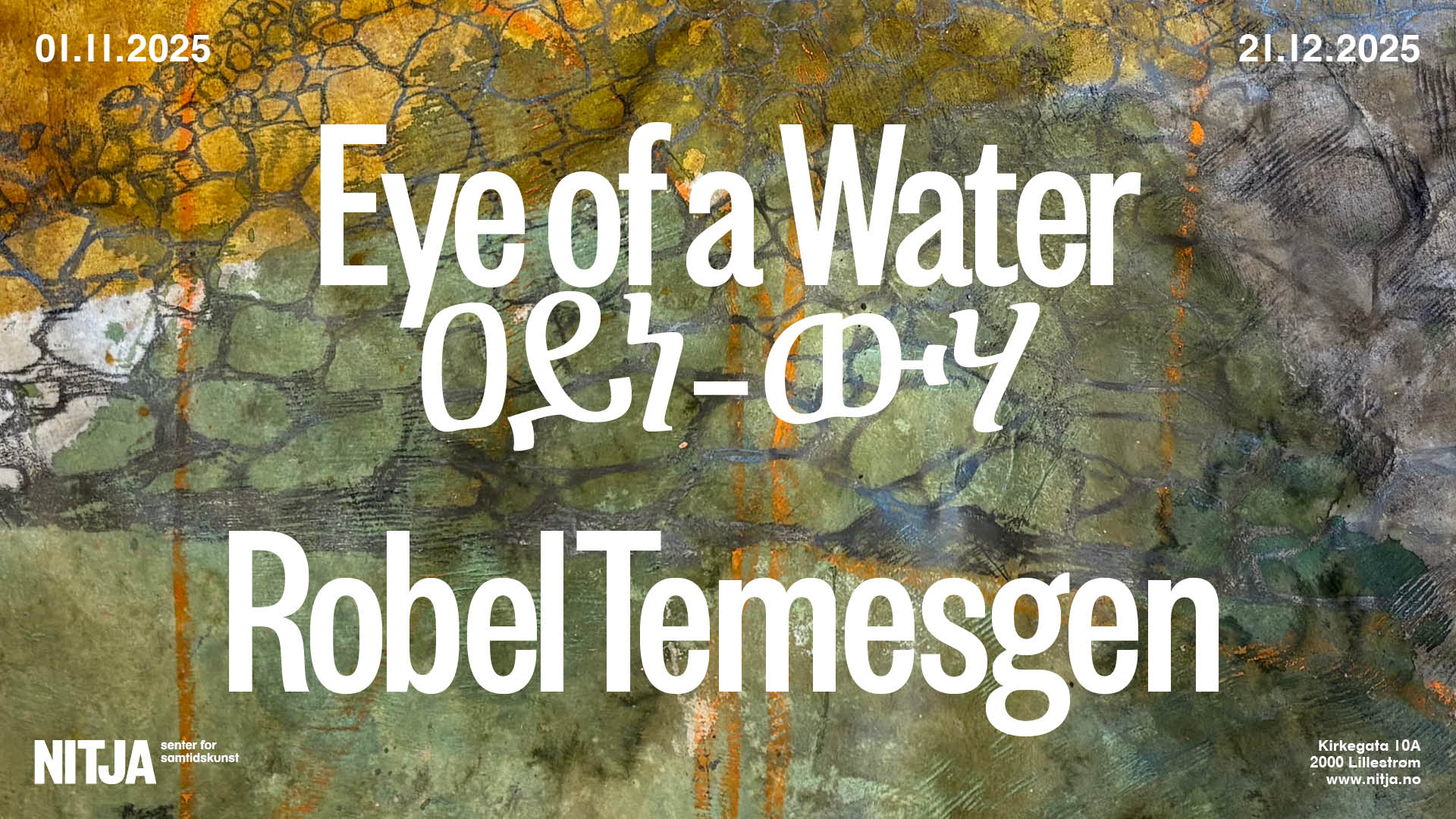







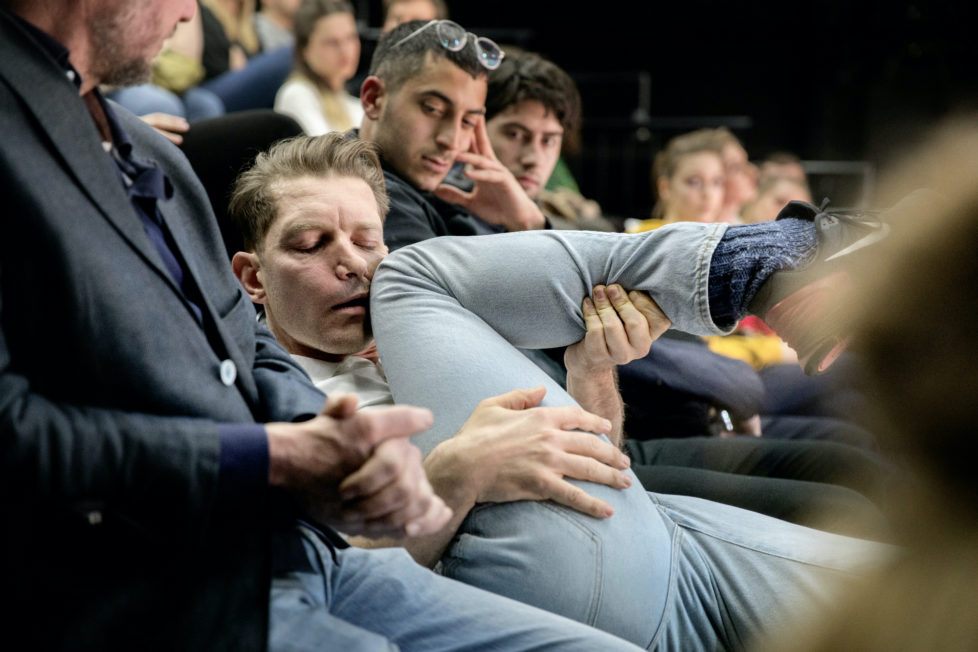















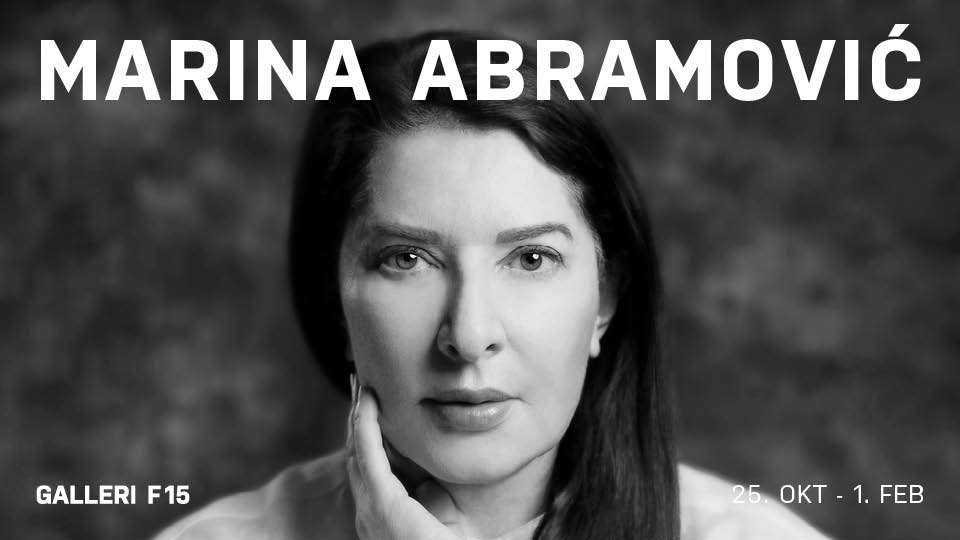
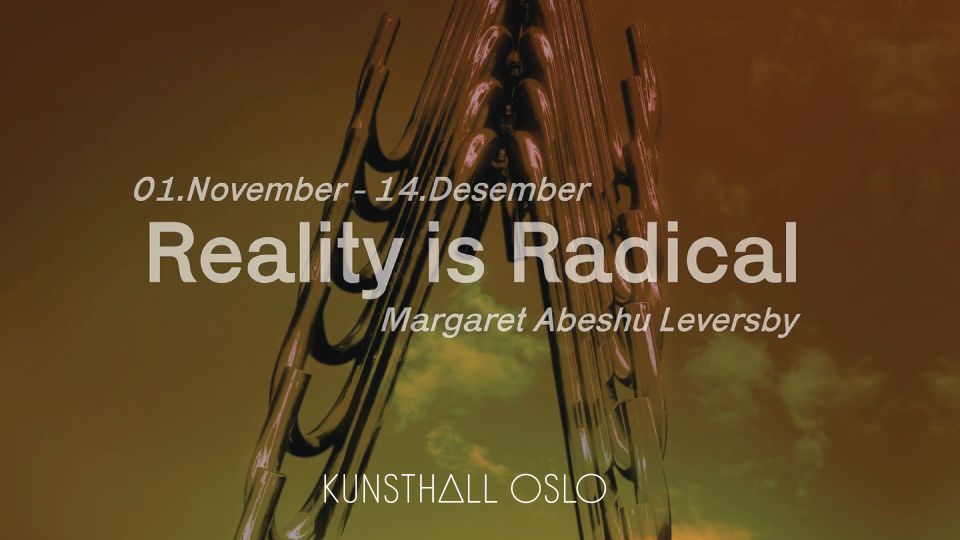
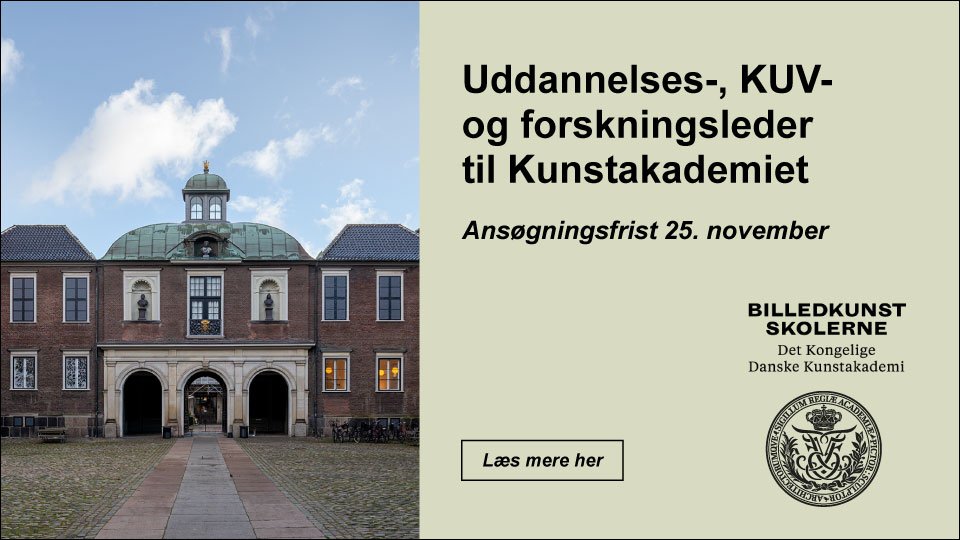
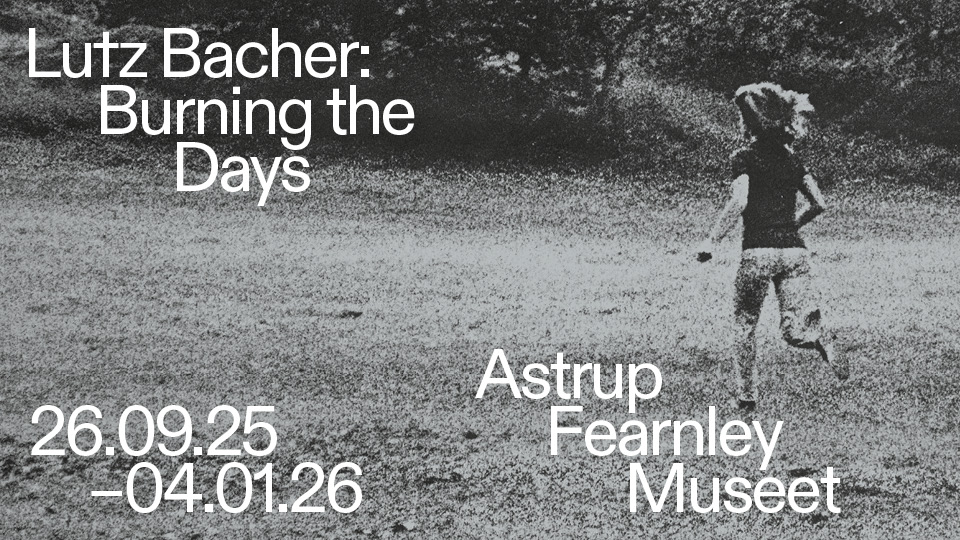
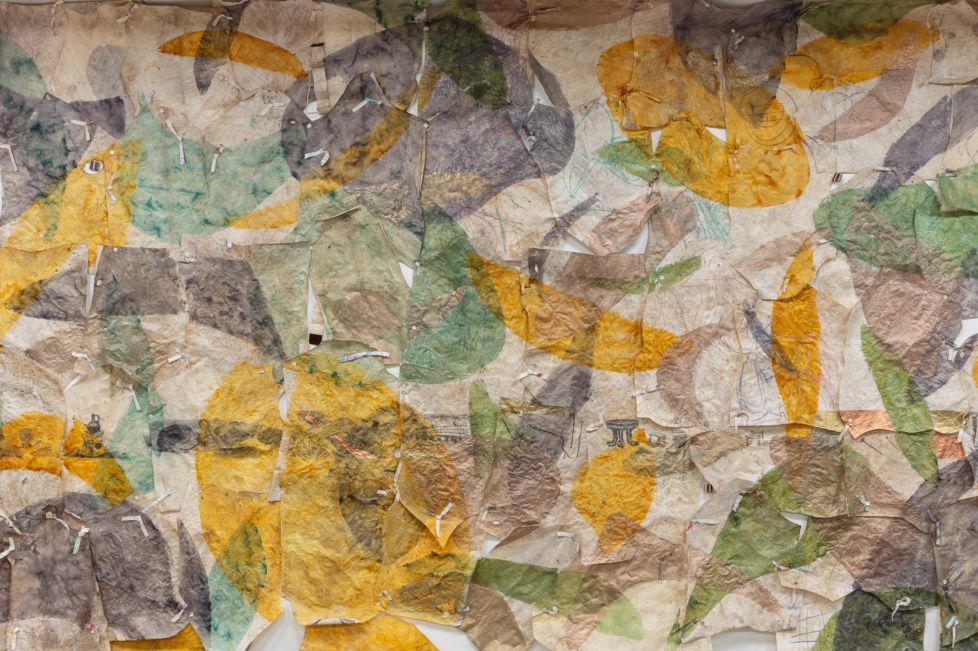
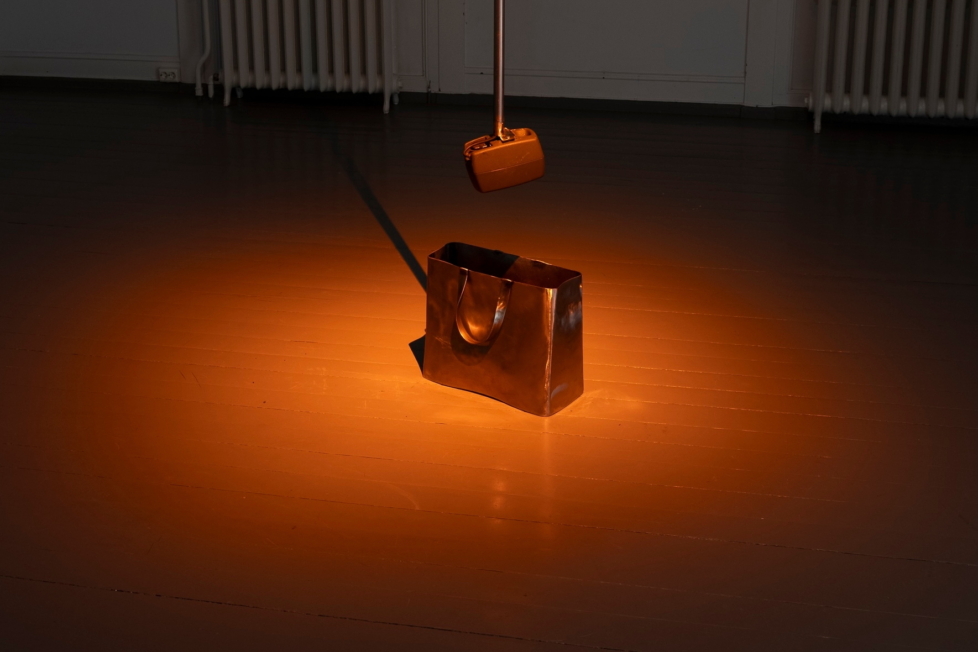
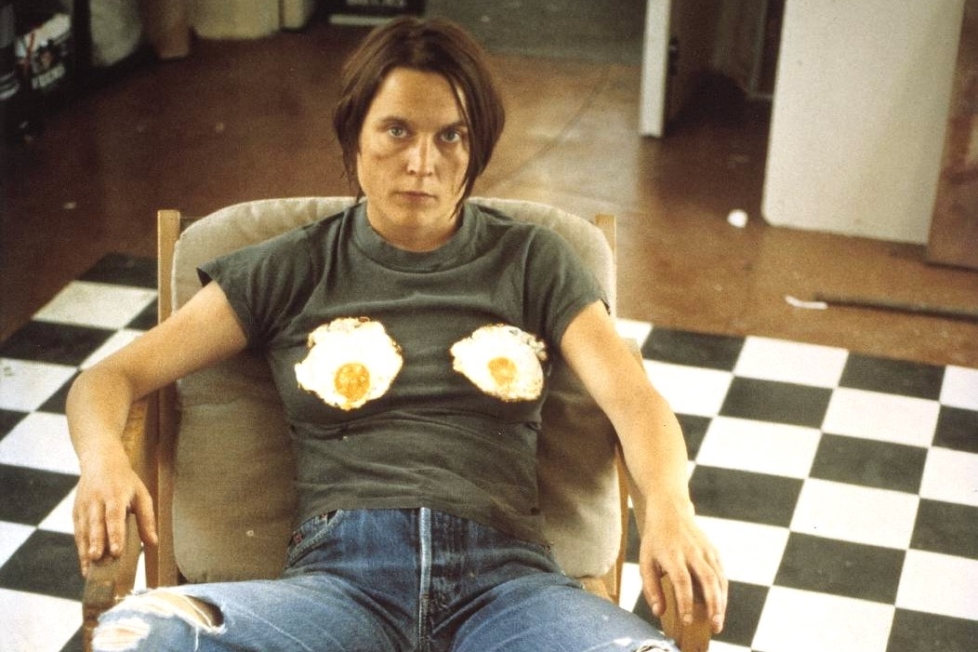
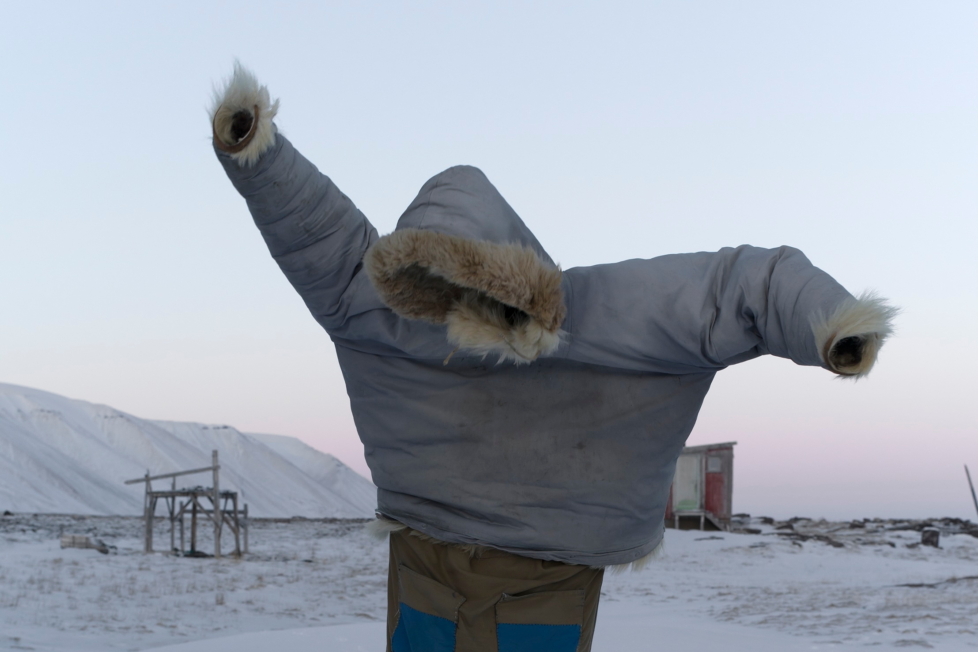
Leserinnlegg